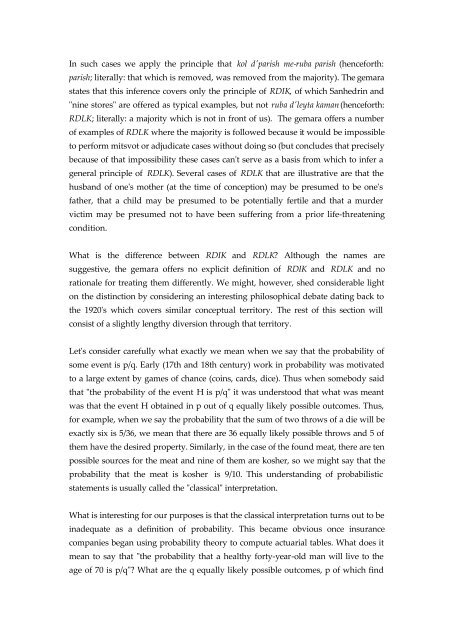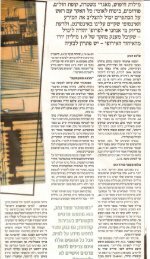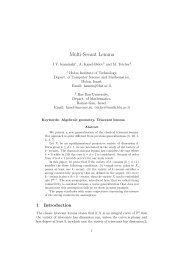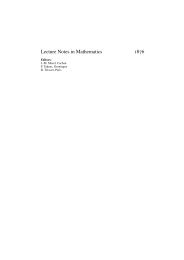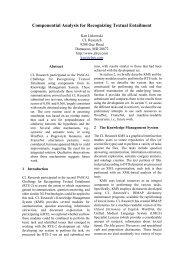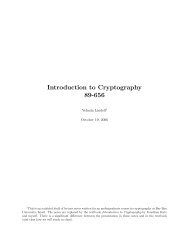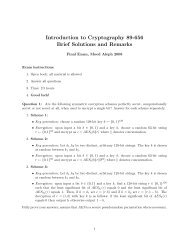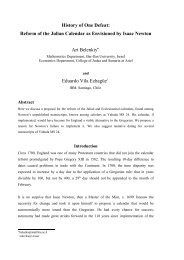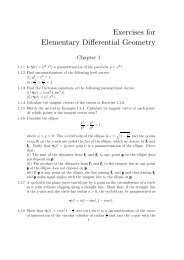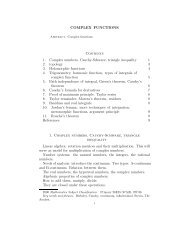Resolving Uncertainty: A Unified Overview of Rabbinic Methods
Resolving Uncertainty: A Unified Overview of Rabbinic Methods
Resolving Uncertainty: A Unified Overview of Rabbinic Methods
You also want an ePaper? Increase the reach of your titles
YUMPU automatically turns print PDFs into web optimized ePapers that Google loves.
In such cases we apply the principle that kol d'parish me-ruba parish (henceforth:<br />
parish; literally: that which is removed, was removed from the majority). The gemara<br />
states that this inference covers only the principle <strong>of</strong> RDIK, <strong>of</strong> which Sanhedrin and<br />
"nine stores" are <strong>of</strong>fered as typical examples, but not ruba d'leyta kaman (henceforth:<br />
RDLK; literally: a majority which is not in front <strong>of</strong> us). The gemara <strong>of</strong>fers a number<br />
<strong>of</strong> examples <strong>of</strong> RDLK where the majority is followed because it would be impossible<br />
to perform mitsvot or adjudicate cases without doing so (but concludes that precisely<br />
because <strong>of</strong> that impossibility these cases can't serve as a basis from which to infer a<br />
general principle <strong>of</strong> RDLK). Several cases <strong>of</strong> RDLK that are illustrative are that the<br />
husband <strong>of</strong> one's mother (at the time <strong>of</strong> conception) may be presumed to be one's<br />
father, that a child may be presumed to be potentially fertile and that a murder<br />
victim may be presumed not to have been suffering from a prior life-threatening<br />
condition.<br />
What is the difference between RDIK and RDLK? Although the names are<br />
suggestive, the gemara <strong>of</strong>fers no explicit definition <strong>of</strong> RDIK and RDLK and no<br />
rationale for treating them differently. We might, however, shed considerable light<br />
on the distinction by considering an interesting philosophical debate dating back to<br />
the 1920's which covers similar conceptual territory. The rest <strong>of</strong> this section will<br />
consist <strong>of</strong> a slightly lengthy diversion through that territory.<br />
Let's consider carefully what exactly we mean when we say that the probability <strong>of</strong><br />
some event is p/q. Early (17th and 18th century) work in probability was motivated<br />
to a large extent by games <strong>of</strong> chance (coins, cards, dice). Thus when somebody said<br />
that "the probability <strong>of</strong> the event H is p/q" it was understood that what was meant<br />
was that the event H obtained in p out <strong>of</strong> q equally likely possible outcomes. Thus,<br />
for example, when we say the probability that the sum <strong>of</strong> two throws <strong>of</strong> a die will be<br />
exactly six is 5/36, we mean that there are 36 equally likely possible throws and 5 <strong>of</strong><br />
them have the desired property. Similarly, in the case <strong>of</strong> the found meat, there are ten<br />
possible sources for the meat and nine <strong>of</strong> them are kosher, so we might say that the<br />
probability that the meat is kosher is 9/10. This understanding <strong>of</strong> probabilistic<br />
statements is usually called the "classical" interpretation.<br />
What is interesting for our purposes is that the classical interpretation turns out to be<br />
inadequate as a definition <strong>of</strong> probability. This became obvious once insurance<br />
companies began using probability theory to compute actuarial tables. What does it<br />
mean to say that "the probability that a healthy forty-year-old man will live to the<br />
age <strong>of</strong> 70 is p/q"? What are the q equally likely possible outcomes, p <strong>of</strong> which find


